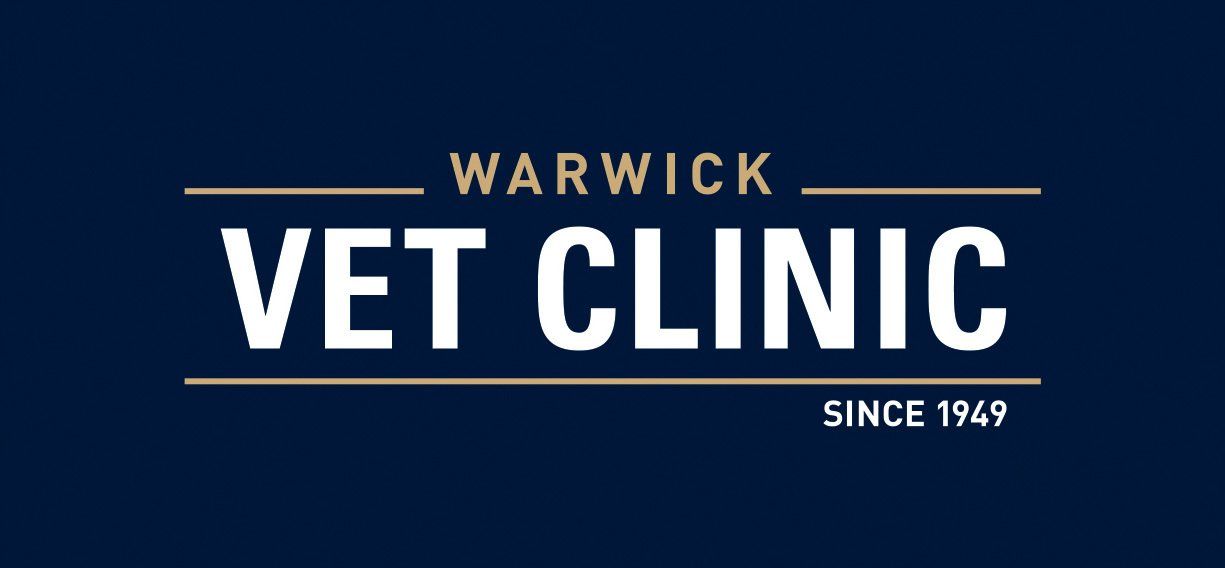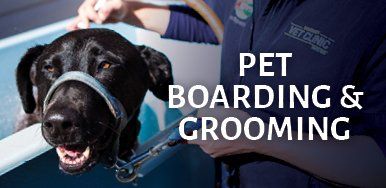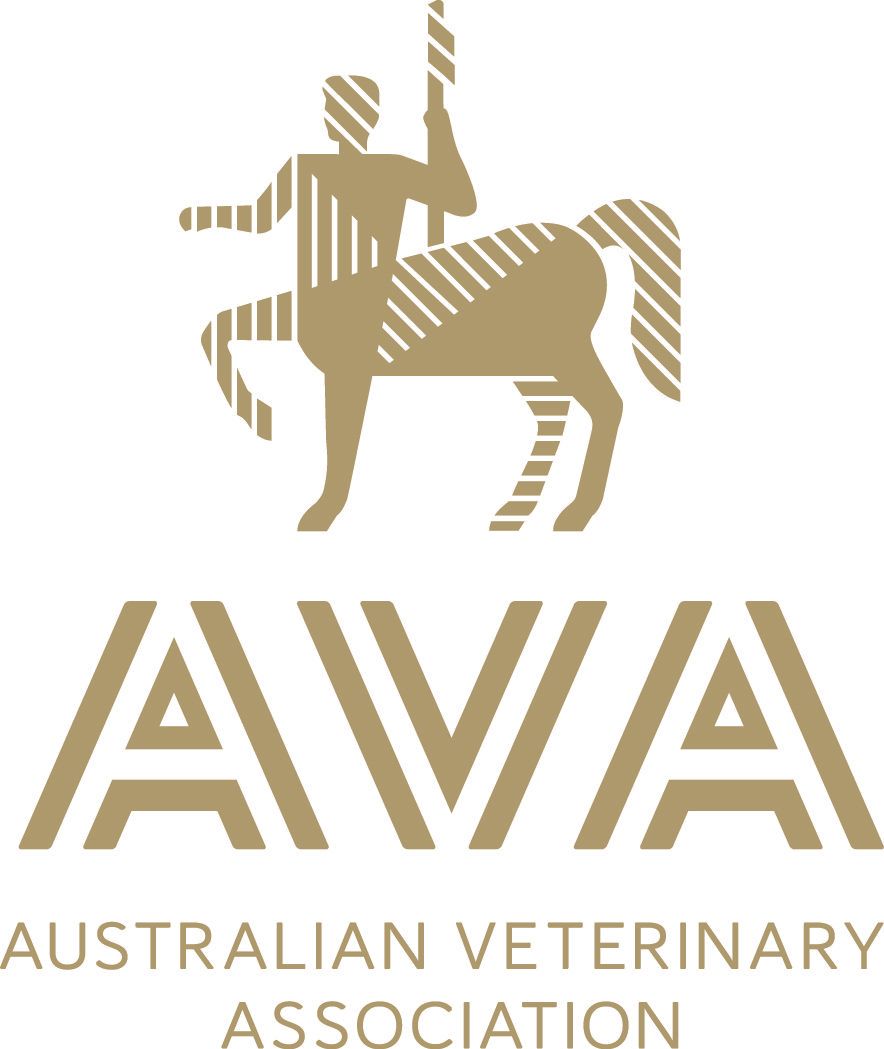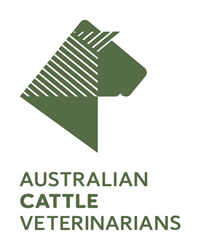GENERAL HEALTH CARE FOR YOUR DOG
Here are some of our top tips to help you create a safe and happy life for your pet dog.
REGULAR HEALTH CHECKS
There's more to owning a pet than just providing love, exercise and proper nutrition. Regular check-ups with a veterinarian are essential to making sure your dog is as healthy as possible – prevention is better than a cure (and often less expensive).
MAINTAINING YOUR DOG'S ORAL HEALTH
When your best friend gives you a big hug, does the smell of their breath leave you less than impressed? The smell of your dog’s breath is the most evident sign it’s time for a dental check-up. Healthy teeth and gums are a key component of your pet’s overall health and in preventing the development of serious conditions. A thorough dental check-up may highlight the need for cleaning, polishing, tooth extraction, or even just a change in diet.
Tartar Prevention for Dogs
Plaque is an invisible bacterial coating that forms on the teeth within a few hours after a meal. Within 24 hours, plaque starts to harden into calculus or tartar.
-
Tartar is harmful for your dog in two ways:
- It serves as a place where bacteria can reside and multiply in the mouth. There is substantial scientific evidence that states bacteria from tartar gets into the blood stream and can be deposited in various organs with heart and kidney disease resulting.
- Tartar builds up at the gum line. As the tartar deposit gets larger, it pushes the gums away from the roots of the teeth. Eventually, the teeth will loosen and fall out.
-
To prevent tartar from building up on your dog's teeth, we recommend the following:
- Feed your dog a raw bone with attached meat and connective tissue at least once weekly. The type of bone with meat will depend on your dog’s capacity to handle it. A wide variety of bones may be suitable including whole oxtail, lamb breast or lamb vertebrae, whole rabbits, kangaroo tails, lamb flaps, and chicken necks.
- Encourage the chewing of bones, treats like Oravet, or toys. Dogs who chew more tend to accumulate tartar more slowly.
- Brushing of the teeth is another effective means of removing plaque before it turns into tartar, although this can be difficult with some dogs. We recommend the use of a toothpaste made especially for dogs. This needs to be done at least twice weekly (preferably daily), but we know that not all dogs will tolerate it. Special brushes are made that make this task easier.
- Feed your dog a diet specially formulated to reduce tartar build-up. These are formulated as a dry food and are composed of large pieces to ensure your dog chews the pieces, rather than swallow them whole. These preparations contain fibres that scrape the plaque off the teeth without damaging the enamel. By removing plaque as it forms, tartar formation is greatly diminished.
- Scaling and polishing the teeth under an anesthetic every 6 - 12 months, or at the first sign of tartar build-up, can be very beneficial to most dogs. This will minimise damage to the gums and roots due to gum recession.
If you think that your dog’s oral health may require attention, give the friendly staff at the Warwick Vet Clinic a call to book a dental check-up.
PARVOVIRUS VACCINATIONS
Are your dog’s parvovirus boosters up to date? One of the most dangerous infections dogs are exposed to is Parvovirus (or ‘Parvo’ as it is often referred to as). Parvovirus is a highly contagious virus that attacks the gastrointestinal tract and cardiovascular systems of dogs.
The best method of protecting your dog from parvovirus is to keep vaccinations up-to-date. Until they are fully vaccinated, avoid exposing your puppy to other dogs and taking them out for walks. Younger puppies are at a greater risk than older dogs however it is still recommended all adults dogs receive a booster every 12 months.
If your dog is showing signs of parvovirus, contact the Warwick Vet Clinic immediately. Prompt diagnosis and treatment will give your dog the best chance of survival.
Parvovirus symptoms often include:
- Sudden onset bloody diarrhea
- Vomiting
- Lethargy
- Not wanting to eat
Read More
Read Less
FLEA TREATMENT
The most common cause of scratching in dogs (and the easiest to eliminate) is fleas and subsequent flea allergy. The current spot-on flea treatments on the market including Comfortis, Nexguard Spectra, and Bravecto, work by spreading over the animal’s body, killing any fleas that jump on the dog.
These spot-on flea treatments do not kill the fleas straight away so it is still possible to see live fleas on your dog that have not yet been killed. They will die but they are obviously being replaced by fleas from the environment. If you have large numbers of fleas in the environment then you will still see fleas on your dog but the product will be working.
Do not wash your dog or let them swim for 48 hours after using a spot-on flea treatment.
SNAKE BITES
Brown snakes are more common than black snakes in the Warwick area. The clinical signs that animals present will vary depending on the type of snakebite. Shock signs may be apparent immediately or manifest up to 6 hours later. It is vital that veterinary attention is sought immediately if you think that your pet has been bitten by a snake. Keep the pet as quiet and still as possible until you reach the vet clinic. At the Warwick Vet Clinic, we have antivenom for both Brown and Tiger snakes in stock at all times.
CONTACT A CLINIC
For further advice on the health care of your animals, contact the professional team at the Warwick Vet Clinic for a consultation.
CONTACT A CLINIC
We will get back to you as soon as possible.
Please try again later.
HEALTHY ANIMALS ARE HAPPY ANIMALS
The latest animal care information from our experienced veterinarians.
OUR CLINICS
WARWICK VETERINARY CLINIC
Opening Hours
Mon - Fri: 7:30am to 6:00pm
Sat: 8:30am to 12:00pm
Warwick West Vet Clinic
Opening Hours
Tuesday and Wednesday:
8:30am to 5:00pm
ALLORA VETERINARY CLINIC
Opening Hours
Monday - Friday:
8:30am to 5:00pm
CLIFTON VETERINARY CLINIC
Opening Hours
Tuesday, Wednesday and Friday:
9:00am to 4:00pm
Warwick Vet Clinic. Website by dms CREATiVE









